Continuing the discussion on exhalation in continuous breathing techniques, let’s explore the differences between exhaling through the mouth versus exhaling through the nose.
•4 min read
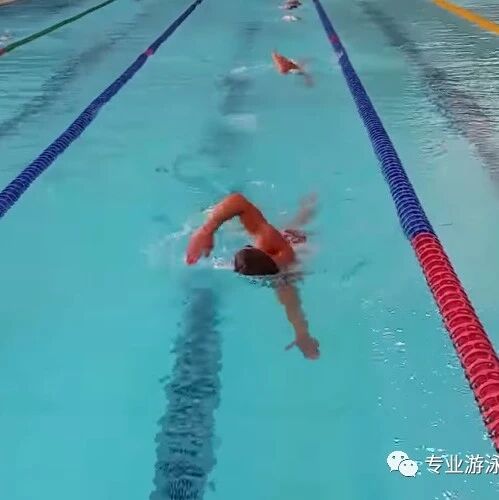
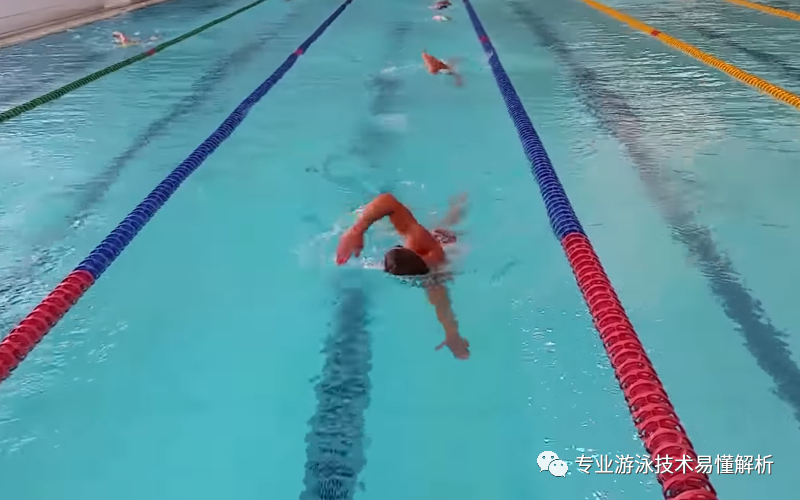
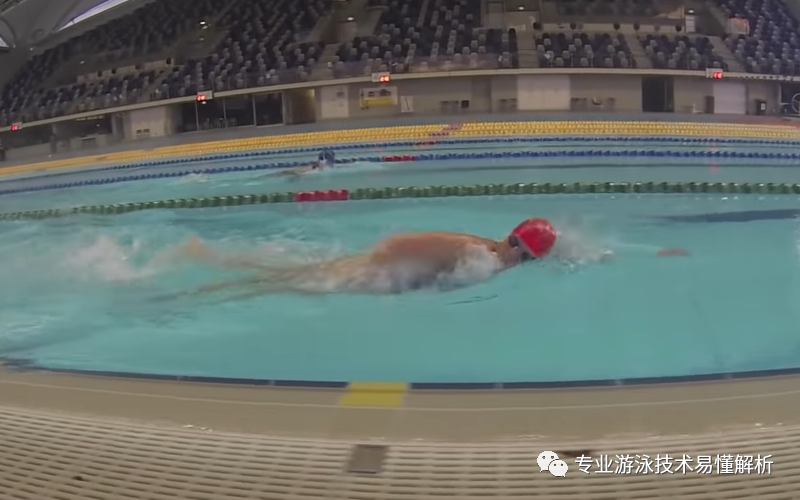

Related Articles
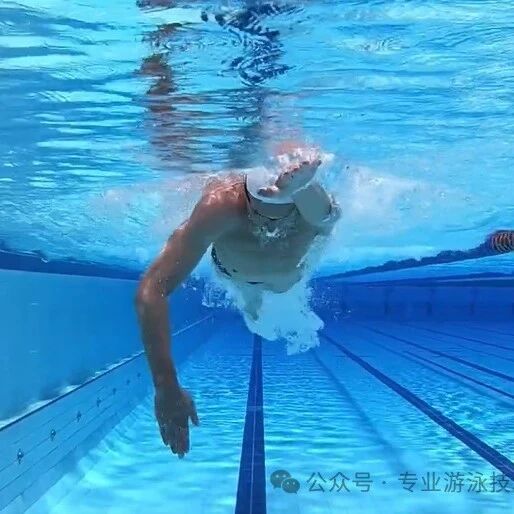
Swimming
When swimming freestyle, avoid digging your arms deeply into the water—maintaining a smooth, rhythmic motion is key to improving efficiency.
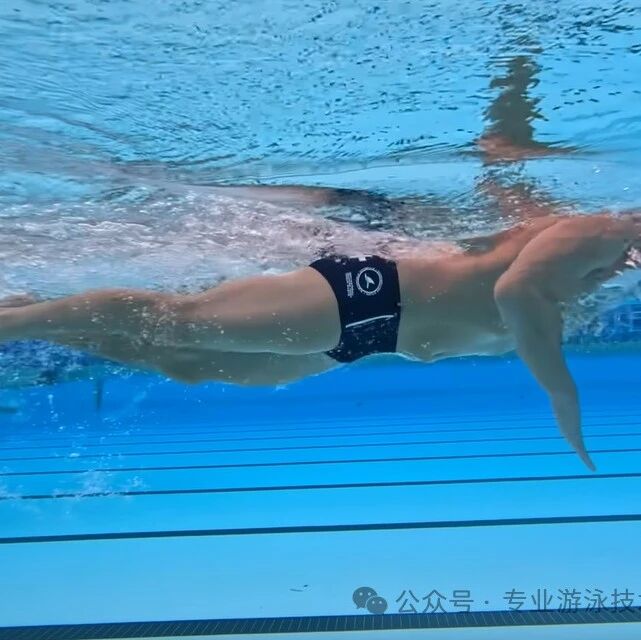
Swimming
Easily boost your freestyle speed—learn to "step on watermelon rinds" for effortless efficiency and freedom.
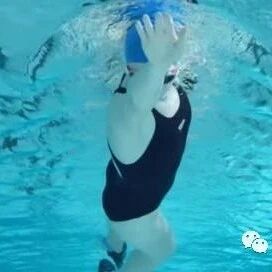
Swimming